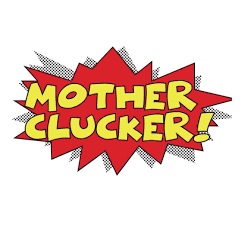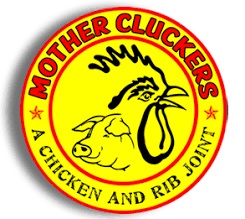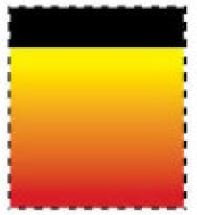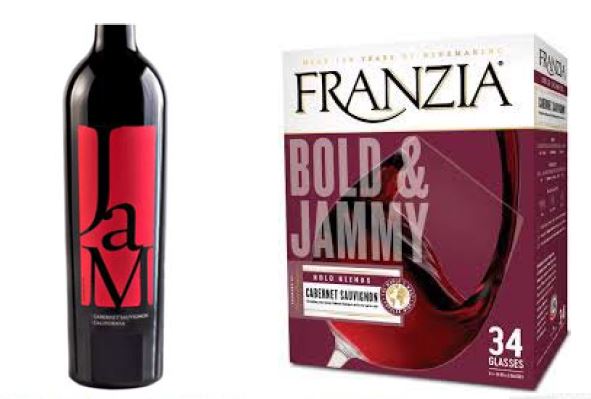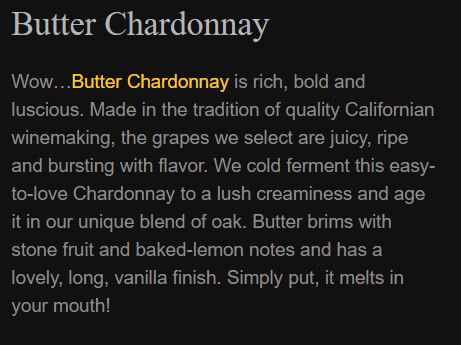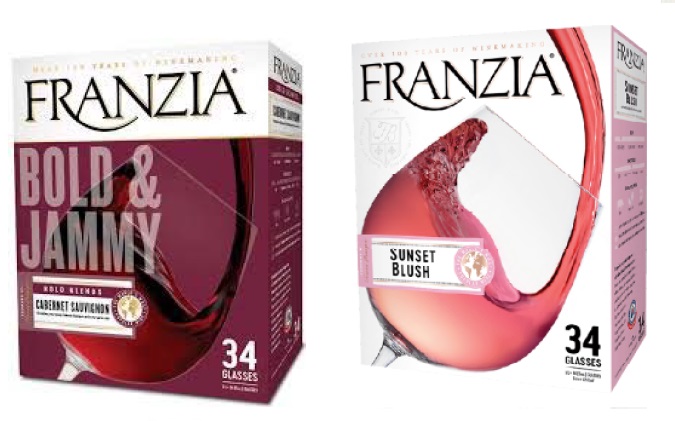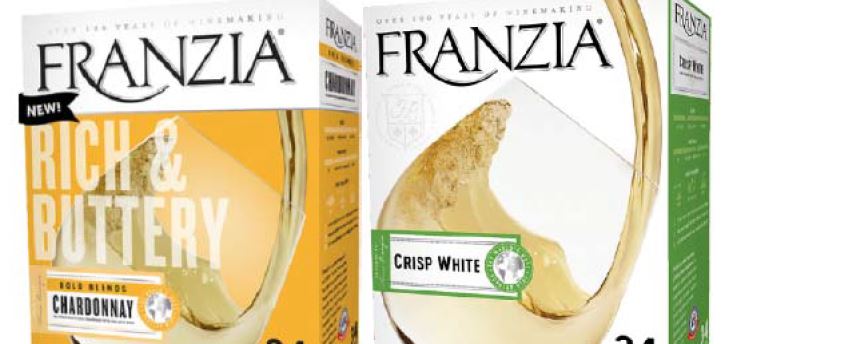One of the most common questions trademark owners pose is when to use the ®-symbol, and when to use TM. The answer is relatively straight forward: if the mark is federally registered for a particular product, the mark can (and should) be identified with the ®-symbol when it is used in connection with those products. If the owner of a registered mark fails to use the ®-symbol, or otherwise identify the mark as being federally registered, then the owner’s ability to recover damages from infringers may be limited.
Conversely, if the mark is not registered, the owner should not use the ®-symbol. Using the ®-symbol in connection with an unregistered mark could subject the trademark owner to an action for false marking, although proving damages for this false marking can be difficult.
So when is TM appropriate? Anyone who believes that a term is their trademark can identify the trademark with a TM. There are good reasons to use the TM symbol: it is evidence of “attempts and intent to educate the trade and purchasing public that it regards the term . . . as its trademark for such goods.” In re Mine Safety Appliances Company, Serial No. 75/501,608, 66 U.S.P.Q.2d 1694, 1700 (T.T.A.B. 2002). However, it is well settled that use of TM in connection with otherwise unregistrable matter does not make such matter a trademark. Id. In Eagle Snacks, Inc. v. Nabisco Brands, Inc., 625 F. Supp. 571, 573-4, 228 U.S.P.Q. 625, 628 (D.N.J. 1985), the court noted plaintiff’s ultimately unsuccessful attempts to “strengthen” its purported trademark in HONEY ROAST, including causing the letters “TM” to be placed above the word “Roast” and implementing the use of the word “Brand” to modify the mark.
In Self-Realization Fellowship Church v. Ananda Church of Self-Realization, 59 F.3d 902, 907, 35 U.S.P.Q.2d 1342, 1346 (9th Cir. 1995), successfully showed that plaintiff did not use “Paramahansa Yogananda” as a service mark in party by presenting “expert testimony that SRF did not use the term “Paramahansa Yogananda” with any of the traditional trademark indicia (e.g., use of the term with a “TM” sign next to it).
However, the use of TM is an admission that the term is a trademark, and thus before using TM a trademark owner should investigate whether the mark is in fact available. In London v. Carson Pirie Scott & Co., 4 U.S.P.Q.2d 1148, 1151 n. 1, 1987 WL 11382 (N.D. Ill. 1987), London claimed that Samsonite’s use of TM in connection with HANGER LOCK, would cause confusion. Although Samsonite argued that that use of TM was inadvertent, and had been discontinued, it was enough for the court to deny defendants’ motion to dismiss.
BOTTOM LINE: If you mark is registered, use the ®-symbol when the mark is used on any of the products or services for which it is registered. If the mark is not registered, do not use the ®-symbol, and consider using TM to strengthen the mark, but make sure that the mark is available, because TM can be an admission that a term is being used as an trademark.






